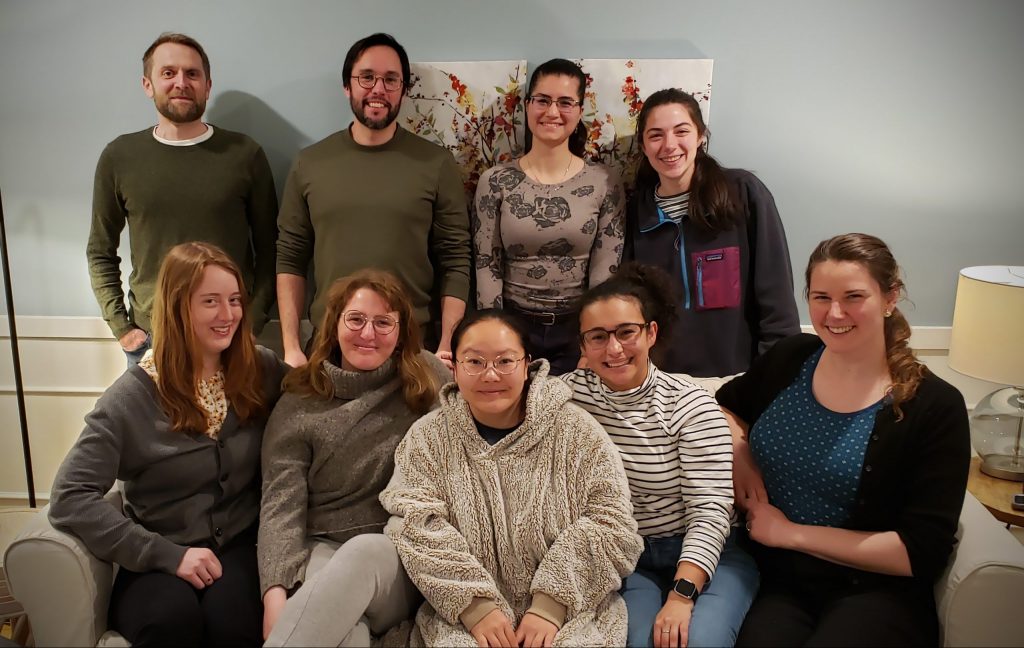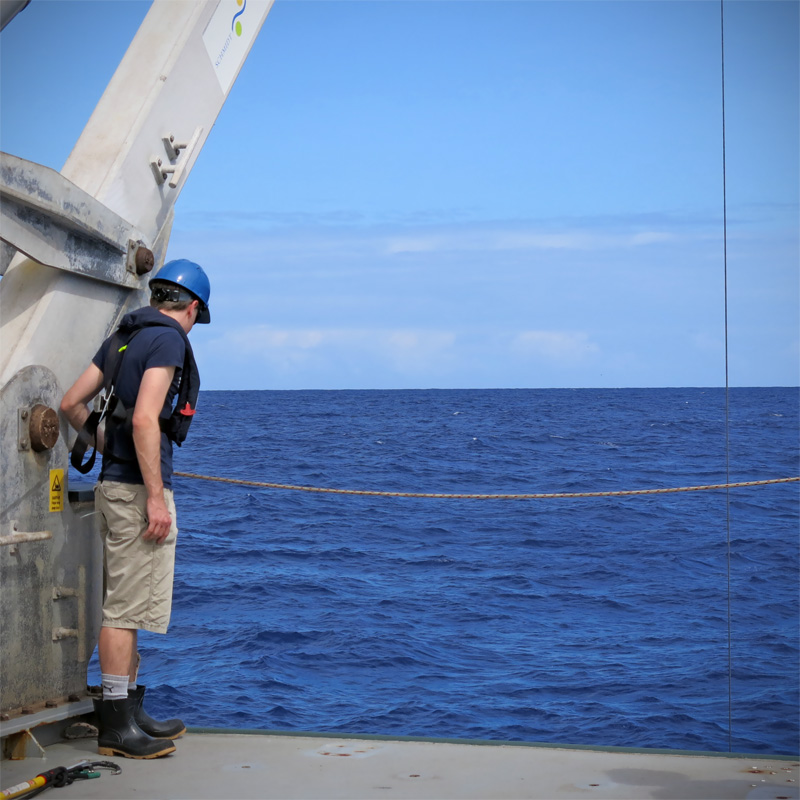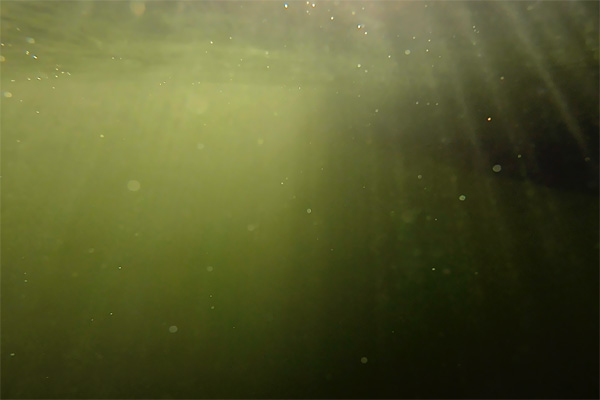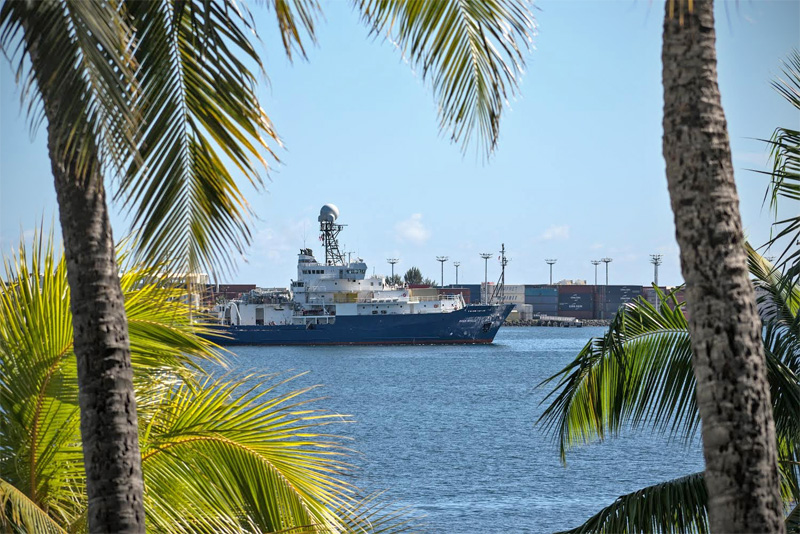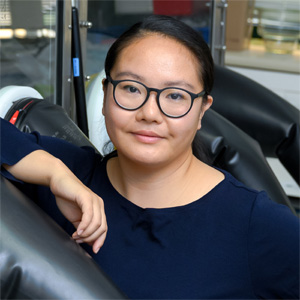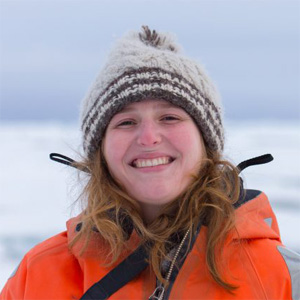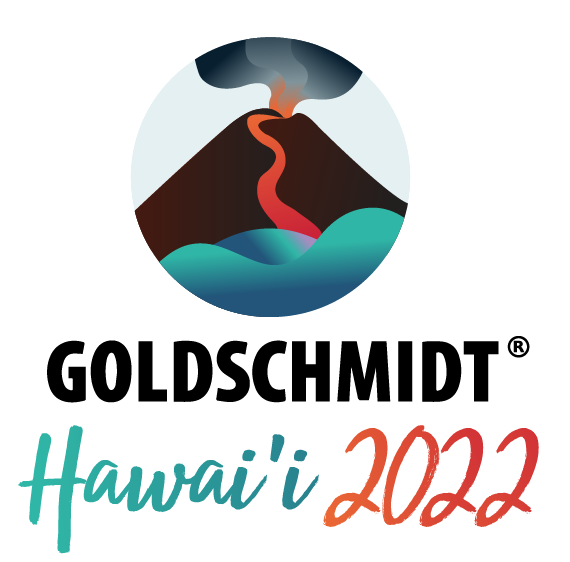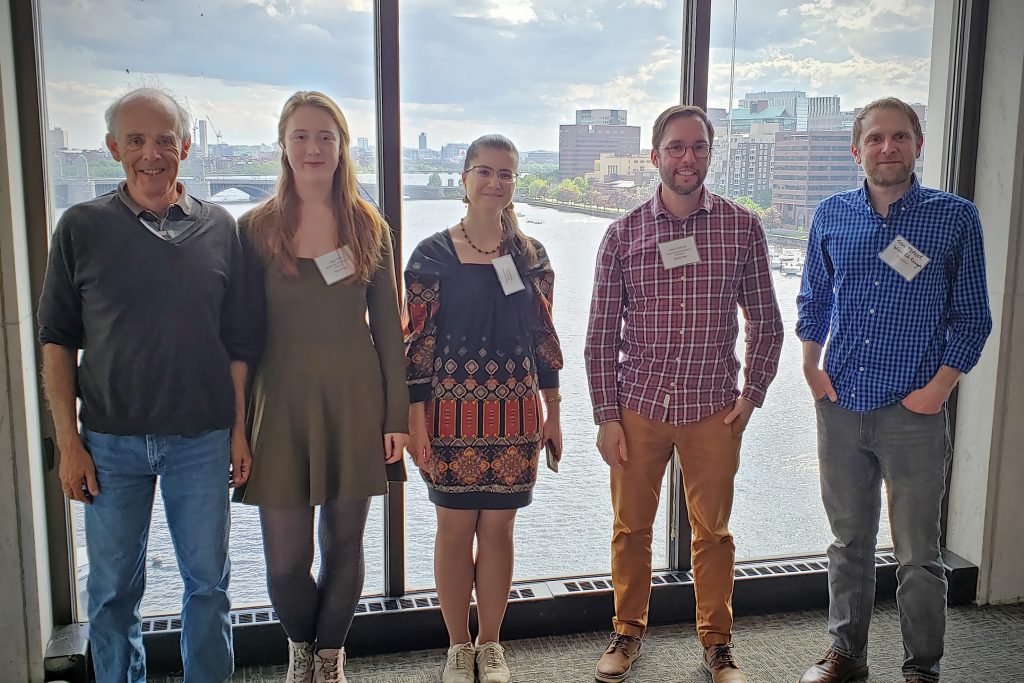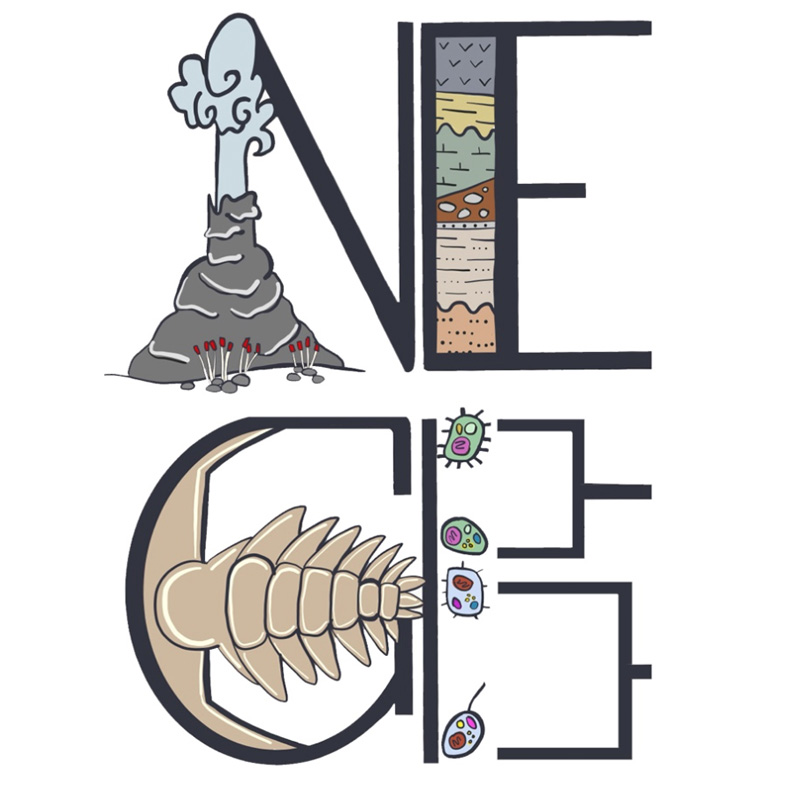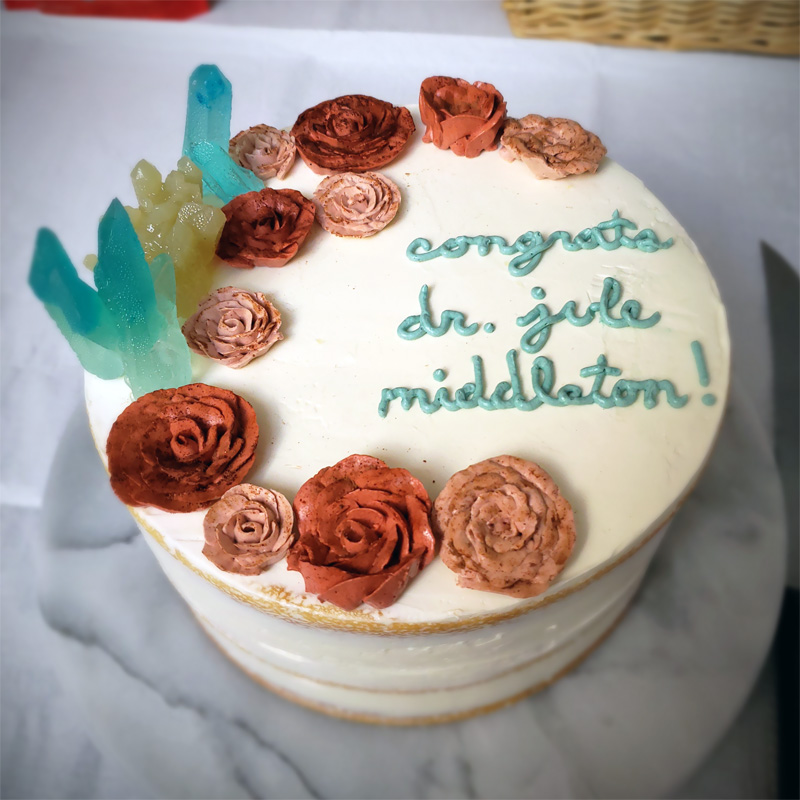Posts by Tristan Horner
Lab Writing Retreat 2023
Seven members of the NIRVANA Labs, along with two special guests, journeyed to Yarmouth Port for our annual Lab Writing Retreat. Once again, we were delighted to welcome Ann Dunlea, who is collaborating with several group members on various projects, and Laura Motta, the newest Assistant Scientist in the Department of Marine Chemistry & Geochemistry.…
Read MorePapers in press: Isotopic investigations of ion exchange in barite
Two studies published by Jule Middleton documenting the rates, sensitivities, and barium-isotopic consequences of ion exchange in barite. The first paper investigated how fast and how much ion exchange affected the isotope composition of barium in barite–fluid systems. We did this by performing laboratory experiments under marine-relevant conditions. The main findings are that ion exchange…
Read MorePaper in press: Tracking thallium on tidal timescales
A new study published by Chad Ostrander in Geochimica et Cosmochimica Acta examining thallium cycling in Siders Pond, a salt-stratified, low-oxygen, sulfide-rich body of water right here in Falmouth! The thallium isotope composition of marine sediments is a valuable tool for studying historical oxygen dynamics on Earth. This proxy relies on the sensitivity of thallium…
Read MoreGEOTRACES GP17-OCE Underway!
The penultimate U.S. GEOTRACES section cruise, GP17-OCE, is underway! Two members of the NIRVANA Lab, Margot Debyser and Iulia Streanga, are on board. Sailing with them is NIRVANA alum Jule Middleton, who is the Nutrient Supertech for this leg. Prior to sailing, all expedition participants had to participate in a seven-day quarantine for COVID-19. Margot…
Read MoreWelcome Ichiko!
I’m pleased to welcome Ichiko Sugiyama, Postdoctoral Investigator, to NIRVANA! Ichiko will be using iron isotopes to quantify microbial metal demand in the Eastern Tropical Pacific. She is working jointly with Mak Saito and Tristan Horner on a project supported by the Ocean & Climate Innovation Accelerator consortium. Welcome Ichiko! Check out: Ichiko’s Twitter (@FerrousChiko),…
Read MoreWelcome Margot!
We are pleased to welcome Margot Debyser, Postdoctoral Investigator, to the NIRVANA Labs! Margot will be leading lab efforts to constrain the cycling of radium and barium isotopes along the US GEOTRACES GP17 transect with Matt Charette and Tristan Horner.
Read MoreGathering at Goldschmidt
Several team members from the NIRVANA Labs are presenting their research at the 2022 Goldschmidt Conference in Honolulu HI this week, including: East Greenland’s rising impact on the marine silicon cycle constrained by silicon isotopes, presented by Georgi Laukert (Monday 11th, 11:15 HST) Barium isotope fractionation during ion exchange at the barite-fluid interface: Implications for…
Read MoreA Day at the Museum
Jurek, Logan, Iulia, Peter, and Tristan were at the Museum of Science, Boston for: “An Encounter with Isotopes, ICP, Lasers, and Mass Spectrometry.” We learned about laser ablation, the Neoma MS/MS MC-ICP-MS, and recent developments in measuring the isotope composition of intact molecules. Thank you to ThermoFisher Scientific for the day out!
Read MoreNortheast Geobiology Symposium 2022
Öykü Mete is at the Northeastern Geobiology Symposium presenting her research looking at the marine distribution of barium (Poster Session #1). Poster info: Mete, Ö.Z., H.H. Kim, A.G. Dunlea, A.V. Subhas, and T.J. Horner (2022). Dissolved distribution of barium in seawater and its relationship to silicon.
Read MoreCongratulations Dr. Middleton!
Congratulations to Dr. Jule Middleton, who today successfully defended their thesis entitled: Barium isotope cycling in the marine environment: Pathways of fractionation and implications for paleoceanographic applications. Amazing work! The thesis can be accessed here, via DSpace@MIT.
Read More
